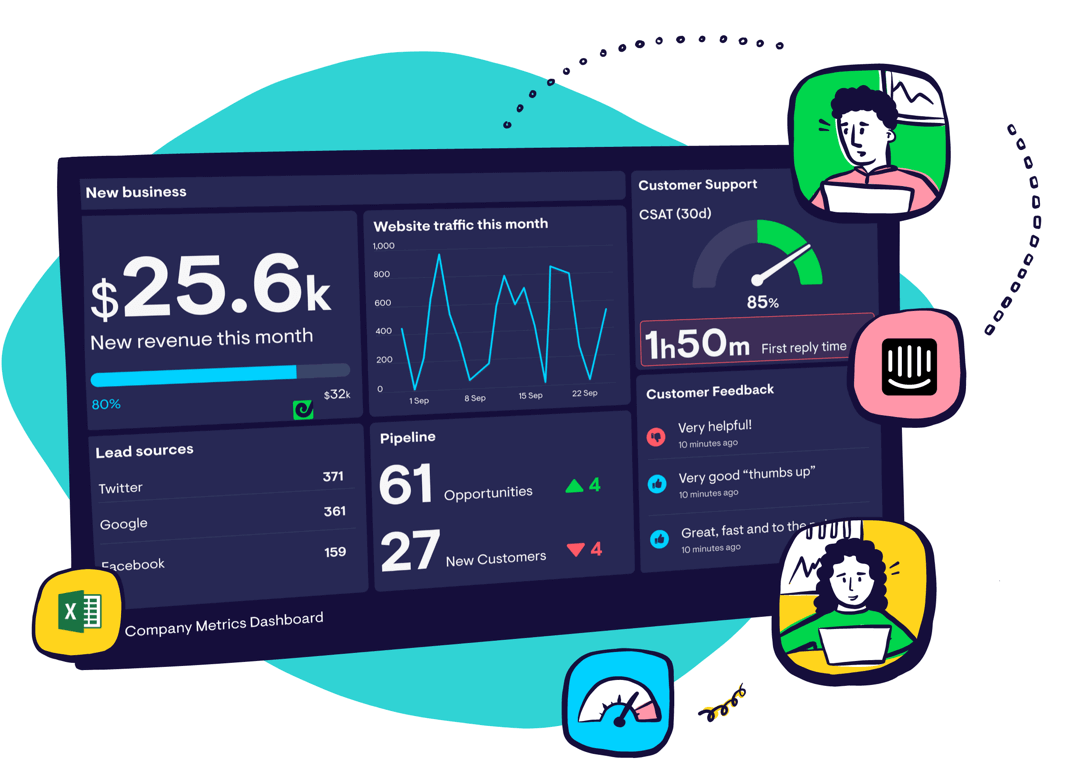Viral Coefficient
What is Viral Coefficient?
Viral Coefficient is the number of new users an existing user generates. This metric calculates the exponential referral cycle - sometimes called virality - that accelerates company growth. Virality is the inherent incentive for customers to refer friends or colleagues to your company.
How to calculate Viral Coefficient:
(#) invitations sent per user X (%) conversion rate = (#) Viral Coefficient
In order to calculate the viral coefficient of your product or service, you need two numbers: the number of invitations sent per user (referrals, shares, or whatever best represents an invitation to use your product/service), and the average conversion rate of those invitations. Then multiply those two metrics to get the viral coefficient (often referred to as the ‘k’ value).
Pros:
Viral coefficient is a good indicator of your company’s growth trajectory. This metric is the result of the product itself, so improving the virality starts with improving the product. The most viral products are the ones that only work if they’re shared. It’s a great way for marketers to measure and predict word-of-mouth growth, which is the most effective marketing channel available.
Cons:
While viral coefficient is a marketing metric, it’s not a metric the marketing department can change on their own. By its nature, virality must be embedded in the product or service to be effective.
It’s important to also consider the viral cycle time. That is, the time it takes from a customer inviting friends to one or more of those friends becoming customers and beginning to refer other people. The shorter the viral cycle time, the faster the company will grow.
Relevant Marketing Metrics and KPIs:
If you’re adding Viral Coefficient to your <a href=”/dashboard-examples/marketing/ target=”_blank” rel=”noopener”>marketing dashboard</a>, you might want to also consider tracking these related marketing metrics for context.
Industry Benchmarks
For a product to be considered ‘viral’, it must have a viral coefficient greater than 1. Product growth accelerates exponentially as either the viral coefficient increases or the viral cycle time decreases (or both).
Additional Notes:
The viral coefficient and the net promoter score (NPS) are related, but they function differently. NPS score tracks the number of satisfied customers who are likely to recommend your product or service. In contrast, the viral coefficient measures the number of customers actually recommending or inviting people to use your product or service.
